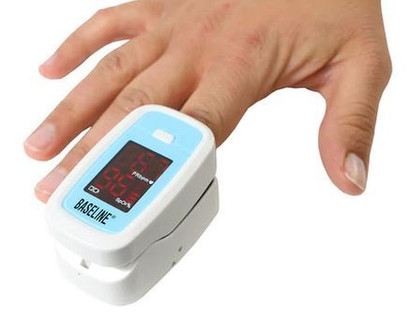How to Identify a Urinary Tract Infection (UTI) in Seniors
Urinary Tract Infections (UTIs) are a common health issue in seniors, and they often present differently than in younger adults. Identifying the symptoms early can prevent complications and ensure timely treatment. This guide will help caregivers, family members, and seniors recognize the signs and symptoms of UTIs, understand the risk factors, and take appropriate action.
What is a UTI?
A urinary tract infection occurs when bacteria invade any part of the urinary system, including the urethra, bladder, or kidneys. While UTIs are common in people of all ages, older adults are at a higher risk due to changes in their immune system and overall health.
Signs and Symptoms of UTIs in Seniors
For seniors, UTIs may not always cause the typical symptoms, such as painful urination or urgency. Instead, they can present in subtle or unusual ways:
Common Symptoms:
- Increased frequency or urgency to urinate
- Pain or burning sensation while urinating
- Cloudy, foul-smelling, or bloody urine
- Lower abdominal pain or discomfort
Atypical Symptoms in Seniors:
- Cognitive changes: Sudden confusion, disorientation, or memory issues
- Behavioral changes: Increased agitation, anxiety, or withdrawal
- Fatigue or lethargy: Unexplained tiredness or weakness
- Fever or chills: Even mild fevers can indicate an infection
- Incontinence: Sudden loss of bladder control in those who were previously continent
- Loss of appetite: Unexplained decrease in food or fluid intake
Why Are UTIs Different in Seniors?
As people age, their immune response weakens, making it harder to fight infections. Other factors that increase the risk of UTIs in seniors include:
- Reduced Mobility: Limited movement can lead to incomplete bladder emptying.
- Chronic Health Conditions: Diabetes, kidney stones, and other conditions can increase susceptibility.
- Use of Catheters: Seniors with urinary catheters are at a higher risk of infection.
- Post-Menopause Changes: Hormonal changes in women can lead to a thinner urethral lining, making infections more likely.
- Enlarged Prostate: In men, an enlarged prostate can block urine flow, increasing the risk of bacterial growth.
How to Confirm a UTI Diagnosis
If you suspect a UTI, consult a healthcare provider promptly. Diagnosis usually involves:
- Urine Test: A simple urinalysis to detect bacteria or white blood cells.
- Urine Culture: To identify the specific bacteria causing the infection.
- Blood Tests: In severe cases, to check for systemic infections.
Prevention Tips
Preventing UTIs in seniors involves promoting good urinary health:
- Stay Hydrated: Encourage regular water intake to flush out bacteria.
- Regular Bathroom Trips: Seniors should avoid holding urine for extended periods.
- Proper Hygiene: Maintain cleanliness and avoid using harsh soaps.
- Monitor Health: Keep an eye on chronic conditions and manage them effectively.
- Probiotics and Diet: Some studies suggest that probiotics and cranberry products may help prevent recurrent UTIs
When to Seek Medical Attention
A UTI in seniors can escalate quickly to a more severe infection, such as sepsis, if untreated. Seek medical care immediately if you notice:
- High fever
- Severe confusion
- Rapid heart rate
- Persistent vomiting
Conclusion
UTIs in seniors can be tricky to spot because the symptoms are often non-specific or mistaken for other conditions. By understanding the unique signs and risk factors, caregivers and family members can play a crucial role in early detection and prevention. Regular check-ups and proactive health measures are key to maintaining urinary health and preventing complications.
If you suspect a UTI in yourself or a loved one, don’t delay in seeking medical attention—it can make all the difference in ensuring a swift recovery.
Today's blog sponsor is SafeWell Medical Supply. Your one-stop-shop for 1000s of home care medical supplies.



















